If urine remains in the bladder after urinating, it can easily lead to recurrent urinary tract infections and some forms of incontinence. An expert has outlined steps you can take to improve bladder emptying and reduce these risks.
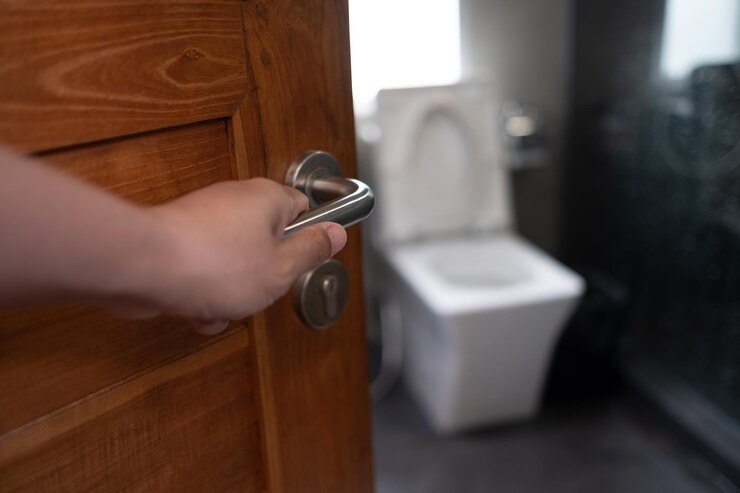
You may not know that you are not urinating completely because the symptoms of urinary retention are not obvious.
Dr Mary Garthwaite, consultant urological surgeon and president of The Urology Foundation (UK), says the bladder is often the most underrated organ in the body. But it is a very complex organ, performing the important function of safely storing and then efficiently excreting waste from the body, in the form of urine.
People often take their bladder for granted, but when it doesn't function properly, it can have significant physical, social, and psychological effects.
Signs that your bladder is not completely empty
There aren't many obvious symptoms that indicate a full bladder, but there are some subtle signs:
Going to the toilet more often than usual. This may mean that you have not urinated completely.
Feeling as if you need to urinate again right away. Feeling the urge to urinate again after just urinating or leaking urine after going to the bathroom.
Frequent urinary tract infections , according to experts, are quite common, with nearly half of women having had them. Men are less likely to experience them.
Poor hygiene, dehydration, or a weakened immune system also make you more susceptible to UTIs, but Dr. Garthwaite notes that many of the risk factors are interconnected.
If the bladder is not emptied, infected urine will not be passed out during urination, making the infection more difficult to treat.
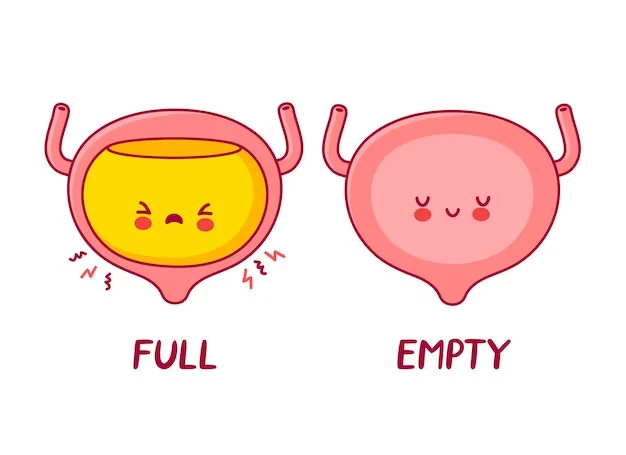
If urine remains in the bladder after urinating, it can easily lead to recurrent urinary tract infections and cause some forms of urinary incontinence.
What should be done to avoid the situation of remaining urine in the bladder?
According to experts, there are steps to properly empty your bladder and reduce your risk:
Don't rush. One of the key factors to emptying your bladder effectively is taking enough time to urinate, not rushing.
"Double Pee". A simple trick is to count slowly to 10 after you urinate and try again. This is called "double peeing" and in many cases will be enough to clear up the last small amount of urine.
Relax your pelvic floor and abdominal muscles. Also, relax your pelvic floor and abdominal muscles (no need to push) and lean forward slightly or raise your legs, all of which will help empty your bladder better.
Source link


![[Photo] President of the Cuban National Assembly visits President Ho Chi Minh's Mausoleum](https://vphoto.vietnam.vn/thumb/1200x675/vietnam/resource/IMAGE/2025/10/1/39f1142310fc4dae9e3de4fcc9ac2ed0)

![[Photo] Hanoi morning of October 1: Prolonged flooding, people wade to work](https://vphoto.vietnam.vn/thumb/1200x675/vietnam/resource/IMAGE/2025/10/1/189be28938e3493fa26b2938efa2059e)

![[Photo] Keep your warehouse safe in all situations](https://vphoto.vietnam.vn/thumb/1200x675/vietnam/resource/IMAGE/2025/10/1/3eb4eceafe68497989865e7faa4e4d0e)

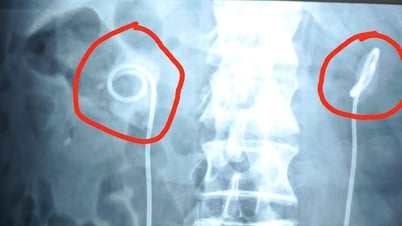

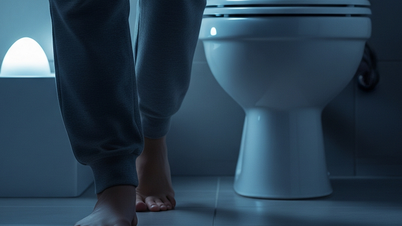

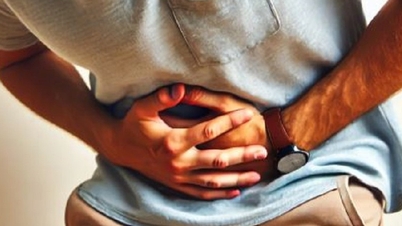
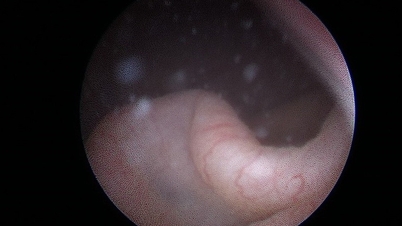

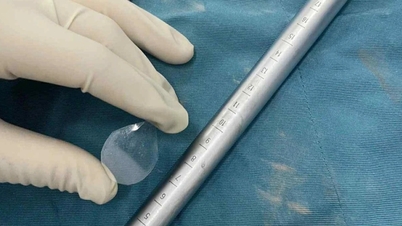



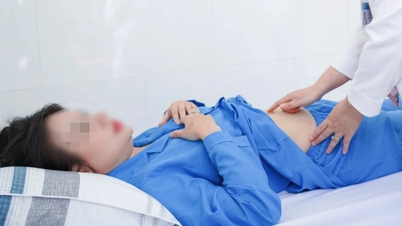









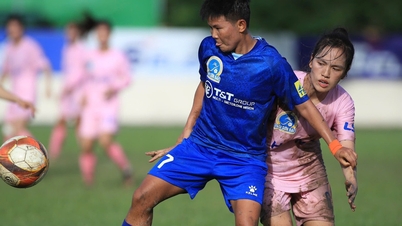

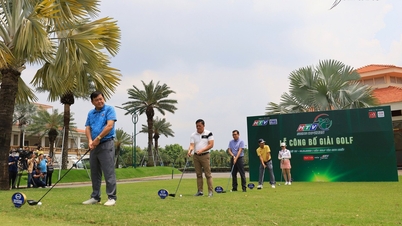















































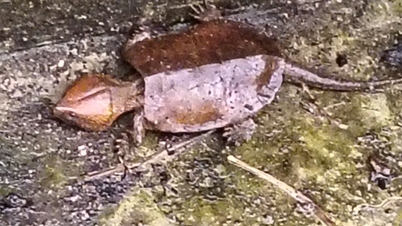















Comment (0)